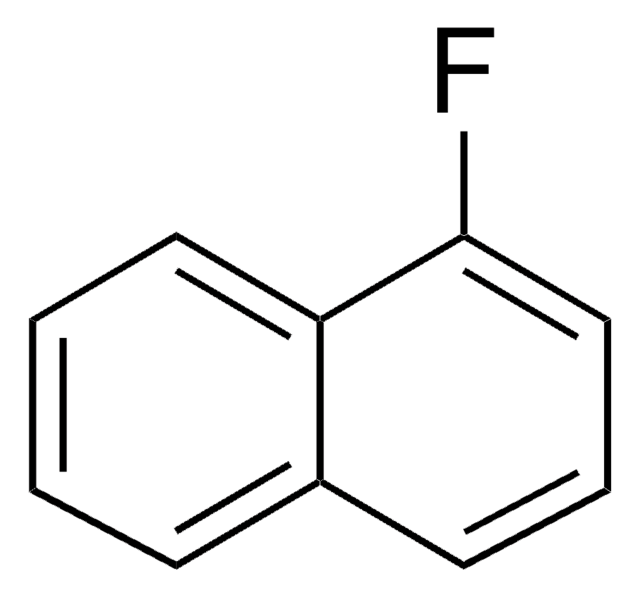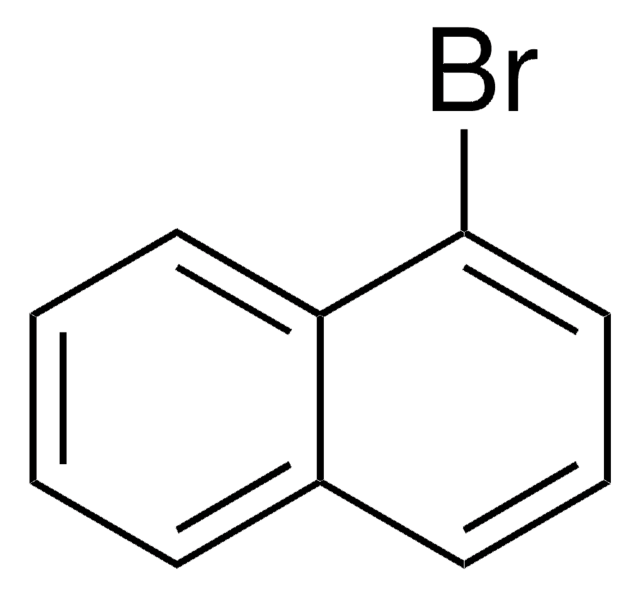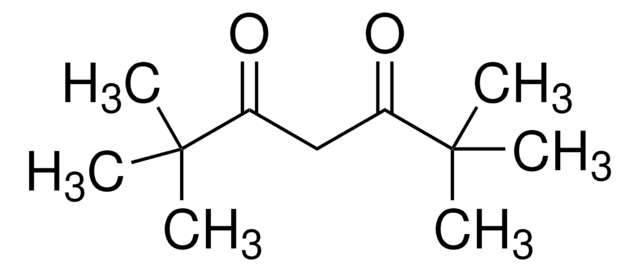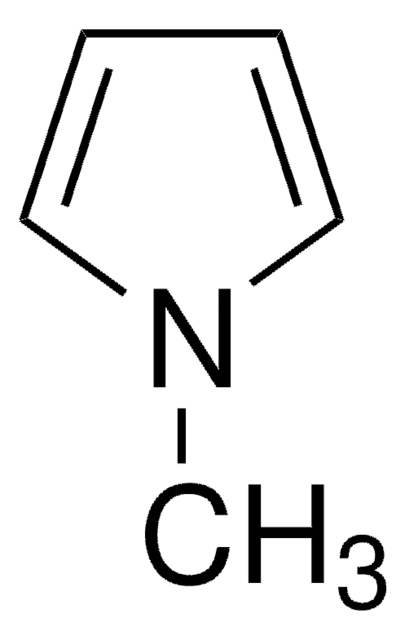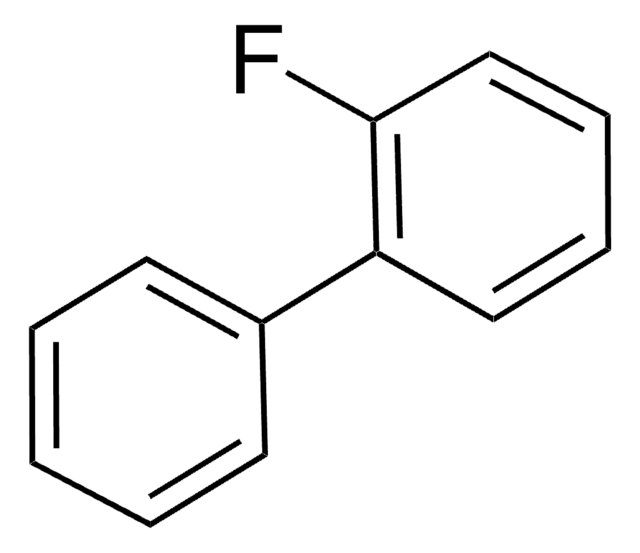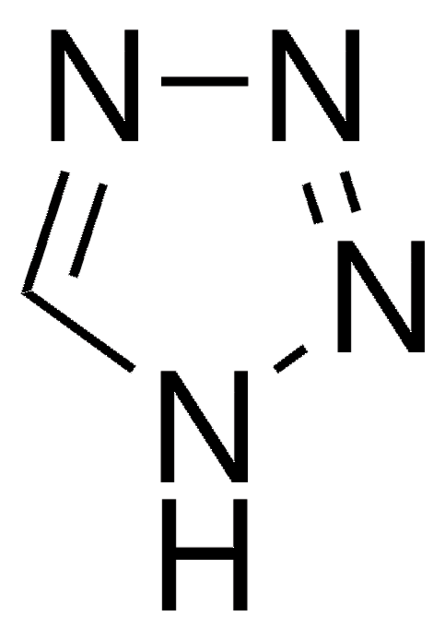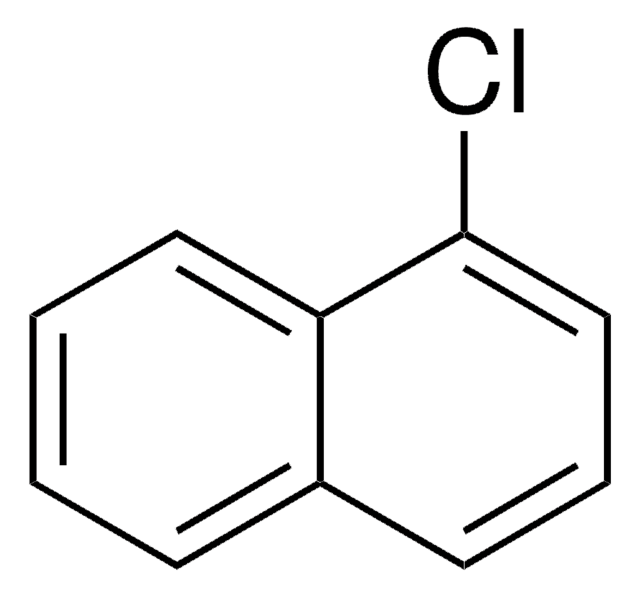おすすめの製品
品質水準
アッセイ
99%
フォーム
liquid
屈折率
n20/D 1.593 (lit.)
bp
215 °C (lit.)
mp
−13 °C (lit.)
密度
1.1322 g/mL at 20 °C (lit.)
官能基
fluoro
SMILES記法
Fc1cccc2ccccc12
InChI
1S/C10H7F/c11-10-7-3-5-8-4-1-2-6-9(8)10/h1-7H
InChI Key
CWLKTJOTWITYSI-UHFFFAOYSA-N
類似した製品をお探しですか? 訪問 製品比較ガイド
関連するカテゴリー
詳細
アプリケーション
シグナルワード
Warning
危険有害性情報
危険有害性の分類
Eye Irrit. 2 - Skin Irrit. 2 - STOT SE 3
ターゲットの組織
Respiratory system
保管分類コード
10 - Combustible liquids
WGK
WGK 3
引火点(°F)
149.0 °F - closed cup
引火点(℃)
65 °C - closed cup
個人用保護具 (PPE)
Eyeshields, Gloves, type ABEK (EN14387) respirator filter
適用法令
試験研究用途を考慮した関連法令を主に挙げております。化学物質以外については、一部の情報のみ提供しています。 製品を安全かつ合法的に使用することは、使用者の義務です。最新情報により修正される場合があります。WEBの反映には時間を要することがあるため、適宜SDSをご参照ください。
消防法
第4類:引火性液体
第二石油類
危険等級III
非水溶性液体
Jan Code
196657-25G:
196657-VAR:
196657-5G:
196657-BULK:
この製品を見ている人はこちらもチェック
プロトコル
US EPA Method 610 describes the analysis of polynuclear aromatic hydrocarbons (commonly referred to as PAHs or PNAs) by both HPLC and GC.
ライフサイエンス、有機合成、材料科学、クロマトグラフィー、分析など、あらゆる分野の研究に経験のあるメンバーがおります。.
製品に関するお問い合わせはこちら(テクニカルサービス)